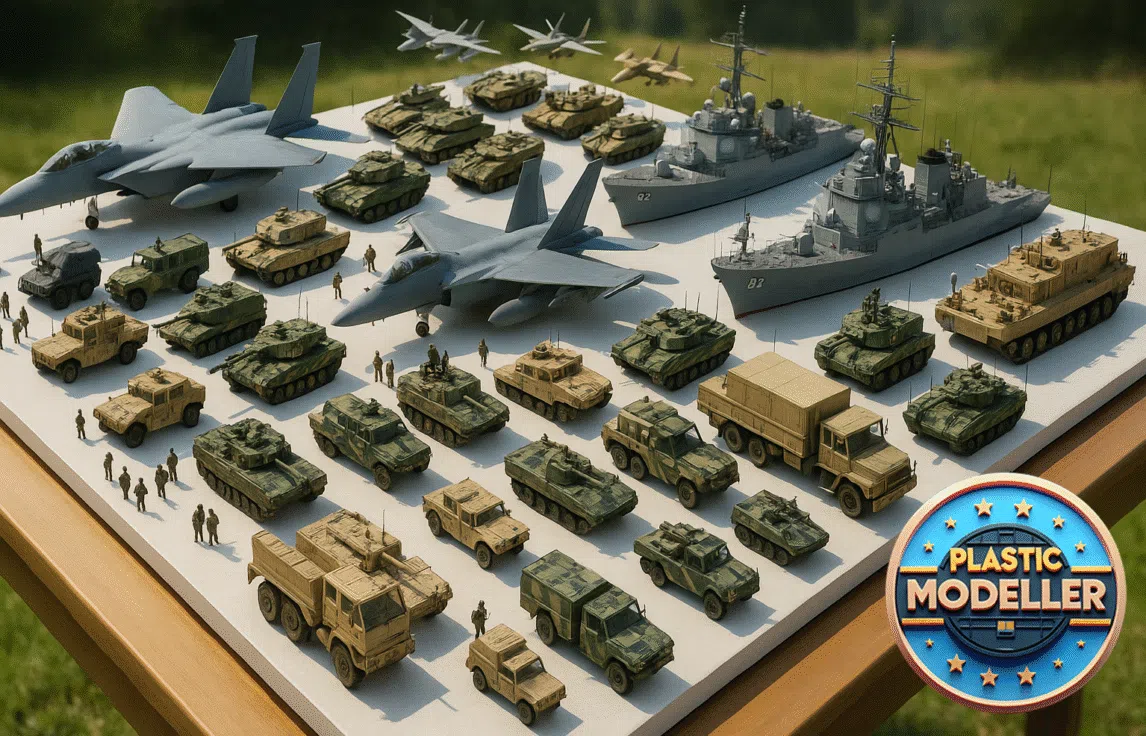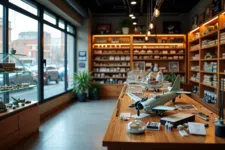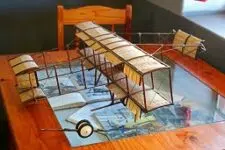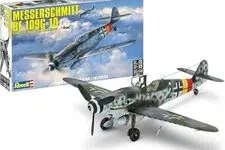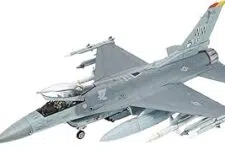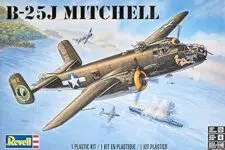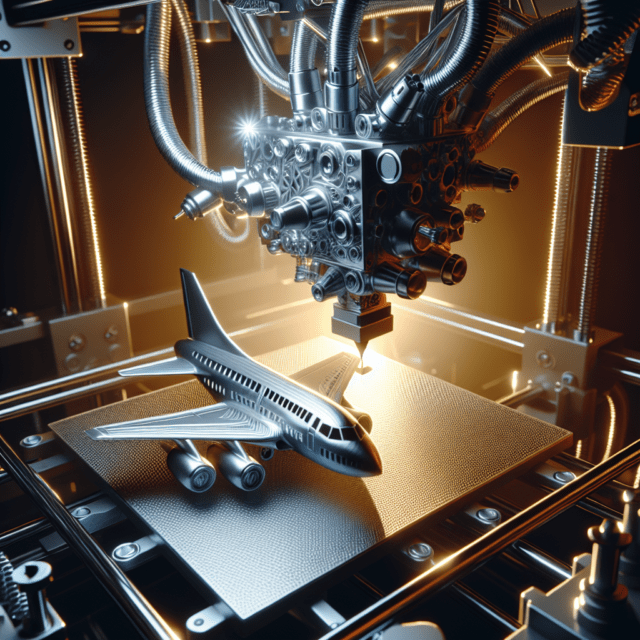
3D printed model kits have revolutionized the world of model building, offering hobbyists unparalleled customization and precision. These kits allow enthusiasts to create intricate designs with ease, providing a new level of detail and creativity in assembling models. Whether you’re into vehicles, figurines, or architectural pieces, 3D printed model kits offer endless possibilities for personalizing and enhancing your collection.
For plastic scale modelers, customization is key to building unique and detailed projects. Traditionally, we’ve relied on kit-bashing, aftermarket parts, or modifying existing kits to create personalized touches. But with the rise of 3D printing, a whole new world of possibilities has opened up. By 3D printing custom parts and accessories for your plastic models, you can take your builds to the next level.
In this blog, we’ll explore the benefits of 3D printing for scale modelers and discuss how to get started printing custom parts for your projects.
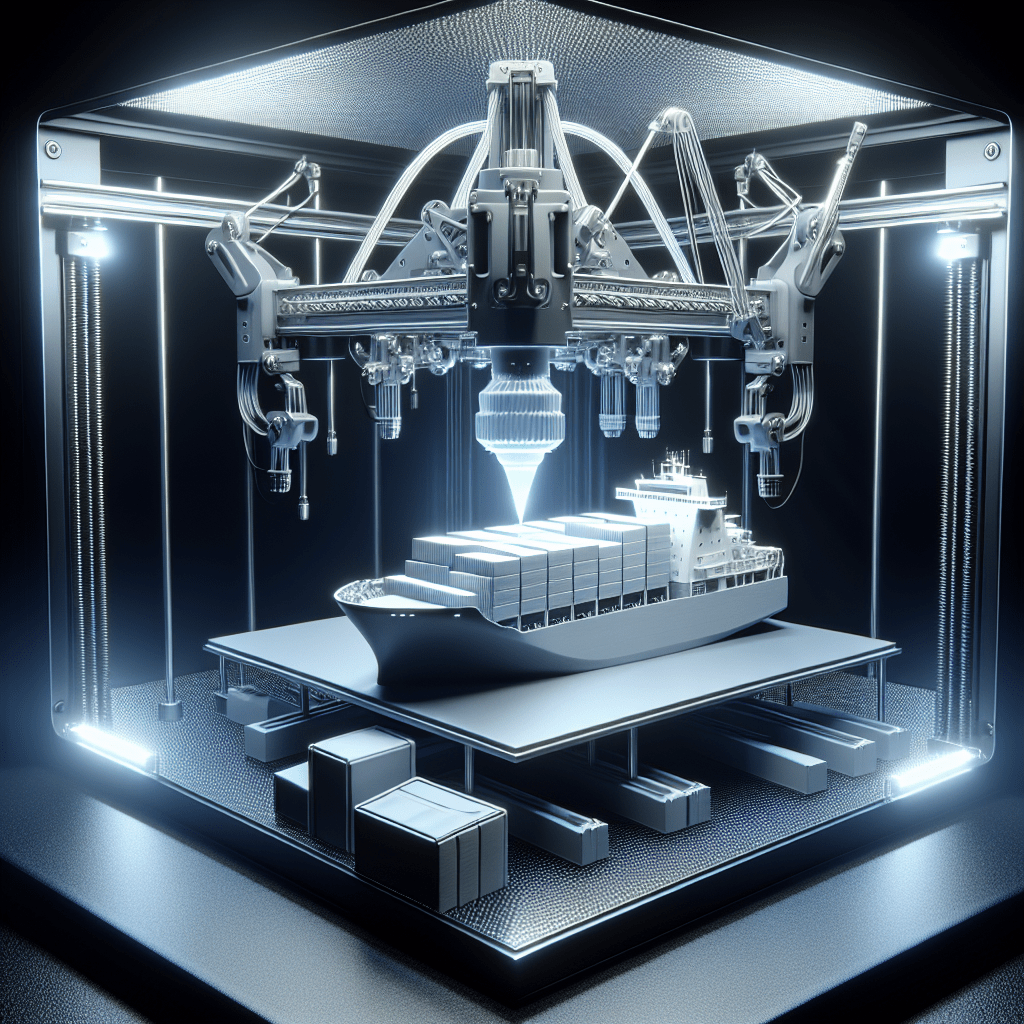
Why 3D printed model kits?
3D printing has revolutionized many industries, and scale modeling is no exception. Whether you’re working on military vehicles, aircraft, or sci-fi models, 3D printing allows you to create intricate, highly detailed accessories that would otherwise be difficult to find in standard kits. Here are some of the key benefits:
- Custom Parts: You can design and print accessories that are unique to your build, from intricate engine components to realistic figure poses.
- Cost-effective: Once you have access to a 3D printer, creating your own parts can be cheaper than purchasing aftermarket kits.
- Precision: Modern 3D printers offer exceptional detail, making it possible to replicate even the smallest parts accurately.
- Creativity: 3D printing opens up endless possibilities for scratch-building parts or even entire models.
Best 3D Printers for Scale Modelers
Before diving into 3D printing custom parts for plastic models, it’s essential to have the right equipment. Not all 3D printers are created equal, and some are better suited for scale modeling than others. Here are a few options that work well for producing small, detailed parts:
- Resin 3D Printers: For modelers who require high-resolution parts, resin printers (such as the Anycubic Photon or Elegoo Mars) are ideal. These printers use UV light to cure resin, producing finer details than filament-based printers.
- FDM Printers: While not as precise as resin printers, FDM (fused deposition modeling) printers, like the Creality Ender 3, are more affordable and still capable of producing quality parts for larger accessories.
- SLA Printers: SLA (Stereolithography) printers offer excellent precision and are commonly used in industries that require high-quality prototypes. They can be more expensive but provide incredible detail for scale models.
If you’re unsure which 3D printer is best for you, start with a budget-friendly option to practice before moving on to higher-end models.
3D Printed Parts for Plastic Models
Now that you have the right printer, what can you make? The possibilities are endless, but here are some ideas for 3D printed parts that will enhance your plastic models:
- Custom 3D Printed Scale Model Accessories
- Weapons and gear: Whether you’re working on military or sci-fi models, you can print custom weapons, ammunition boxes, and accessories to give your project a unique touch.
- Engines and mechanical parts: Create highly detailed engines or mechanical components that aren’t available in standard kits.
- Figures and crew members: 3D printing allows you to produce figures and crew members with customized poses and expressions to suit your diorama or model.
- Best 3D Printed Parts for Aircraft Models
- Cockpit details: Enhance your aircraft models by printing custom cockpit parts, such as control panels, ejection seats, or flight sticks.
- Landing gear: Replace or upgrade kit landing gear with 3D printed alternatives for better detail and accuracy.
- Printing Custom Parts for Plastic Models
- Exterior detailing: 3D print extra details like side skirts, bumpers, antennas, or even custom logos to make your car or tank models stand out.
- Diorama accessories: Want to build a realistic battlefield or urban landscape? 3D print buildings, barricades, or natural elements like rocks and trees.
The flexibility of 3D printing makes it possible to add fine details and accessories that elevate your build to a professional level.
Designing and Sourcing 3D Models for Printing
Not everyone has the experience to design custom parts from scratch, but that shouldn’t stop you from using 3D printing. There are several ways to get started:
- Download Ready-Made Models: Websites like Thingiverse and MyMiniFactory offer thousands of free or paid 3D models that are ready to print. Search for “3D printed parts for plastic models” or browse specific categories such as weapons, figures, or mechanical components.
- Use CAD Software: If you want to create your own custom parts, learning CAD (Computer-Aided Design) software like Tinkercad or Fusion 360 will allow you to design accessories tailored to your specific model.
- Modify Existing Models: You can take an existing 3D model and modify it using software like Blender or Meshmixer to suit your needs. This is a great way to customize accessories without starting from scratch.
How to 3D Print Accessories for Model Kits
Once you have your 3D model ready, follow these steps to print and integrate your new accessories into your plastic model kits:
- Scale the Model: Make sure your 3D printed parts are correctly scaled to match your model. Most slicer programs allow you to adjust the size before printing.
- Choose the Right Materials: For parts that require flexibility, such as landing gear or antennas, use durable materials like ABS. For detailed parts, use resin or PLA for a smooth finish.
- Printing Process: Follow your printer’s guidelines for settings such as resolution, layer height, and infill. For small, intricate parts, a lower layer height will give better results.
- Post-Processing: Once your parts are printed, you may need to sand, prime, and paint them before integrating them into your plastic model. Resin prints often require cleaning in isopropyl alcohol and curing under UV light before use.
Final Thoughts
3D printing has become an invaluable tool for plastic modelers looking to customize and enhance their builds. With the ability to print custom 3D scale model accessories, you can create detailed, one-of-a-kind models that stand out in any collection. Whether you’re printing weapons, figures, or engine components, 3D printing for model kits is a game-changer.
If you’re ready to take your modeling to the next level, invest in a 3D printer, download some custom parts, or even design your own accessories. The possibilities are endless, and your creativity is the only limit!
